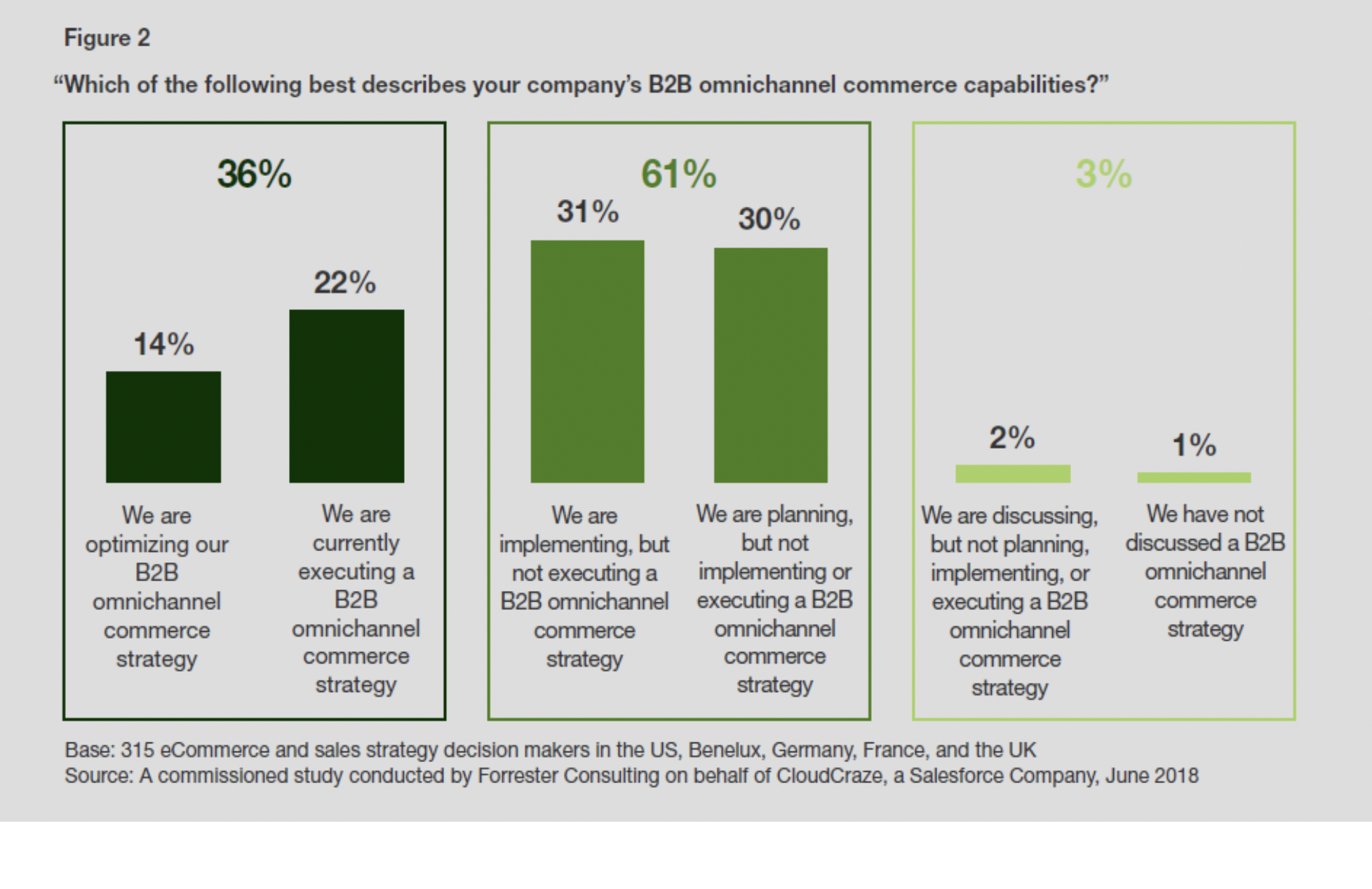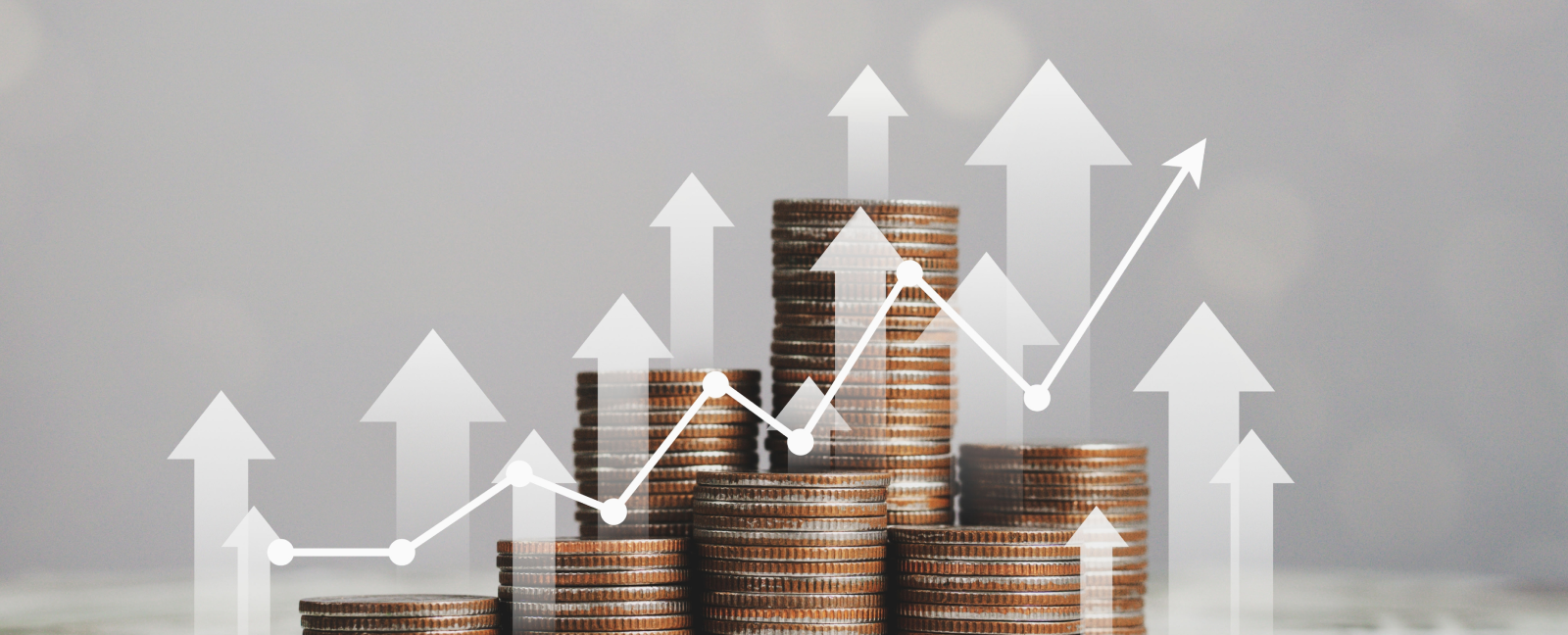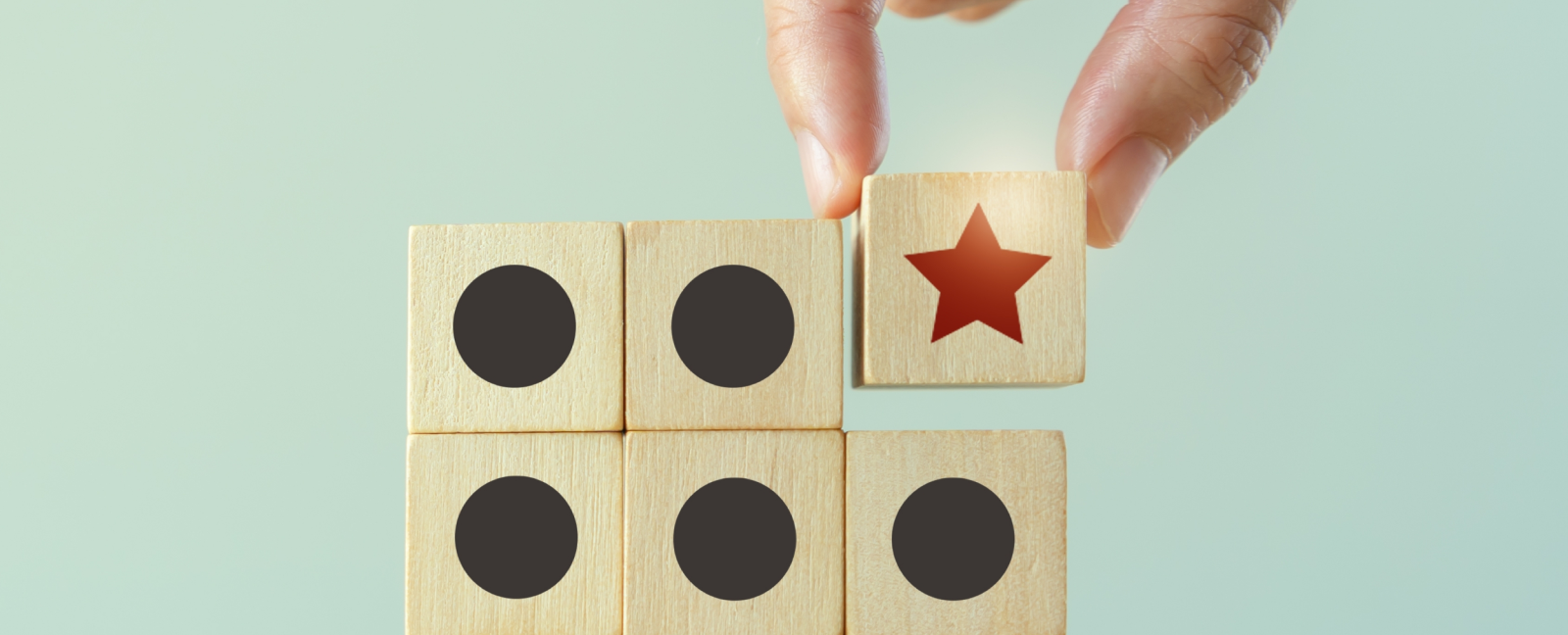
Marketing Resilience: Fighting Back the COVID-19 Pandemic
“In the economic recovery from the pandemic, marketing—the link between businesses and their customers—will play a pivotal role. Planning starts now”
Source: Julien Boudet, Jonathan Gordon, Brian Gregg, Jesko Perrey, and Kelsey Robinson (McKinsey)
According to McKinsey, what leaders require during a crisis "is not a predefined response plan, but behaviors and mindsets that will prevent them from overreacting to yesterday's developments and help them look forward". This article will discuss some ideas on how to manage the now and what marketing leaders can do to navigate the uncertain future.
1. Manage the now. This can be done in a variety of ways:
- Understand the customers’ new needs, sentiments and behaviors.In the previous article we discussed how customer sentiments and behaviors were changing. A quick update shows (Numerator.com): “Nearly all individuals surveyed indicated a level of concern regarding Coronavirus. The balance from week-to-week is also shifting to a higher level of concern; those who rated themselves as ‘very concerned (10/10)’ jumped to 25% this week from 15% last week”. Such concerns have led to a change in consumer behaviors. For instance, this week stock-up behaviors were down while product shortages and online purchases were up. Marketing leaders must be vigilant about such rapid changes and respond in a timely manner with relevant initiatives and solutions.
- Adjust the marketing mix to the current situation. With stores shut or shutting, and total lockdown in some countries or regions, a shift to online is inevitable. Companies will need to be both committed and creative about how to use digital channels. Also, aligning the product mix to the new consumer behaviors will help build cash reserves and drive revenue. McDonald’s is a great example of such practices. https://www.inc.com/bill-murphy-jr/mcdonalds-breakfast-covid-19-coronavirus-menu-change.html
- Transform current processes to agile. In crisis times, successful marketers are those who adjust their operations to deliver on-message campaigns in a matter of days, if not hours. Also, market testing and learning and rapid iterations will be key success factors.
- Check your brand value proposition. See what elements of the brand values and value proposition are relevant to the current situation and can make a difference with the served customer segments. For example, lululemon athletica (a technical athletic apparel company for yoga, running, training and most other sweaty pursuits) sent an email message saying, “The community carries on,” and indicated ways to tune in for at-home-yoga videos on their mobile app, through their Instagram ambassadors, and on Facebook.
- Demonstrate empathy. According to a recent Gallup research, “In times of crisis, there are two directions human nature can take us: fear, helplessness and victimization - or self-actualization and engagement. On the latter, if leaders have a clear way forward, human beings are amazingly resilient. There is a documented rally effect." Doing so requires leaders to walk compassionately in the shoes of employees, customers, and their broader ecosystems.
2. Moving forward. We don’t know what the recovery will look like or when it will come, but there will be a bottom to this crisis, and consumer demand will start to climb back up. Marketing leaders should be ready to navigate that post-crisis period. Here are some insights to help them:
- Re-think marketing strategies and media plans. A survey of more than 2200 marketers conducted by “Econsultancy” and “Marketing Week” revealed the majority believe the outbreak has already heavily impacted marketing activities for the first half of 2020. Since consumer behaviors and attitudes have changed and will continue to change, strategies and media plans should follow. This calls on marketing leaders to start from scratch with new strategies and plans because the market dynamics and previously accepted assumptions and truths may no longer apply.
- Create an omnichannel model. What is an omnichannel model? It is a multichannel approach to sales that seeks to provide customers with a seamless shopping experience, whether they're shopping online from a desktop or mobile device, by telephone, or in a brick-and-mortar store (source: techtarget.com). According to Forrester Consulting, B2B businesses are still falling behind in executing and implementing their omnichannel commerce capabilities (see figure). The COVID-19 pandemic showed the importance of having such capabilities to stay in touch and service customers.

- Re-defining loyalty. Loyalty program benefits and the promotional mix that drove loyalty last year are unlikely to apply going forward. Continuing to invest in technologies, personalization techniques, and engagement-based customer loyalty initiatives can do so much for your brand and can help drive more relevant interactions. Capturing and analyzing greater customer data will help in developing new offers, benefits and promotions, that can build loyalty with new customers and strengthen it with existing ones.
- Spotting the black swan.“A black swan is an unpredictable event that is beyond what is normally expected of a situation and has potentially severe consequences. Black swan events are characterized by their extreme rarity, their severe impact, and the widespread insistence they were obvious in hindsight” (Investopedia). The truth is that there is no way to really protect yourself against a black swan event. At best, by studying past examples and outcomes, marketing leaders can try to minimize the damage. Some examples of what they could do: diversification, building assets, digitalization, narrowing their brands, making values truly operational, and making their crew agile and flexible.
Recommendations and conclusion
In conclusion, the world has not faced a pandemic of this scale in 102 years and has enjoyed mostly peace and growth in the last 75 years. Every now and then humanity faces challenges of different kinds, and the COVID-19 crisis is one of them. While the healthcare industry is doing its best to find a cure for the virus, businesses are struggling to survive. Earlier in this article we discussed the technical aspects of facing this challenge, however, the behavioral aspect should not be neglected. Here are some additional actions marketing leaders can do to navigate the crisis.
- Educate. Confined people are now having more time to read and acquire new skills and knowledge. Write blogs, articles, and content that is beneficial for your audience. For example, “Coca-Cola updated its billboard in Times Square to encourage social distancing. Mucinex launched a new ‘Spread Facts, Not Fear’ campaign to build awareness about avoiding physical contact and stopping misinformation about Covid-19” (source: Medium.com).
- Inspire. Brands from all over the world are working overtime to deliver any moments of relief to consumers who are confined to their homes. Check if your brand is relevant to any consumers impacted by the virus. If you work for a corporate training and consulting company, offer some free webinars or free short courses. International institutions like the Louvre Museum and the Metropolitan Museum of Art are now offering online virtual tours of their iconic halls. Online gaming companies are bringing families and friends together to help reduce stress by using their products.
- Give back. We mentioned the importance of empathy before. Giving back is one way of demonstrating empathy. In the last few weeks, brands have stepped up with many initiatives to help the fight against Covid-19. “GM, Ford, and 3M have teamed up to manufacture crucial medical equipment. Fashion brands, like Prada and Zara, are making face masks and hospital gowns in response to global shortages. Nike’s high-ranking employees have pledged to donate $10 million to coronavirus relief efforts” (source: Medium.com).
How well can marketing leaders continue to be relevant as their customers change, will play a large role in determining how businesses weather the COVID-19 crisis and meet the needs of tomorrow’s consumers. There is a lot of work left to do, but we must keep faith that we are up to the challenge.
Related Articles

The Impact of AI on the Corporate Training Industry
Having been at the forefront of corporate training for two decades, I…

The Butterfly Effect: From Marginal to Systemic
UBS acquires Credit Suisse after a $69 billion one-quarter deposit outflow,…

The Top Brand Positioning Models Every Marketer Should Know
Brand positioning is the process of developing a strategy to establish…

Redefining Customer Experience in the Digital Age
Customer experience is the quality of a consumer's interactions with a…
